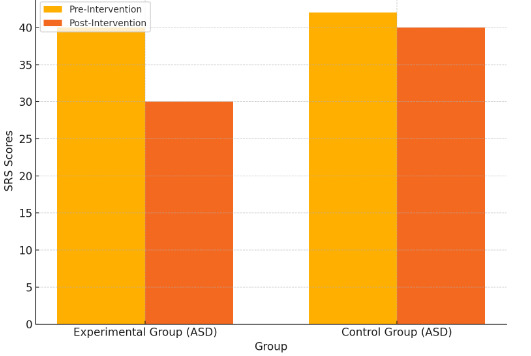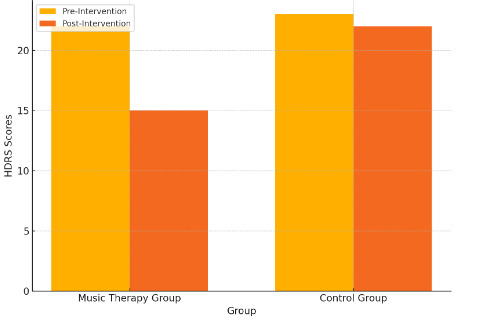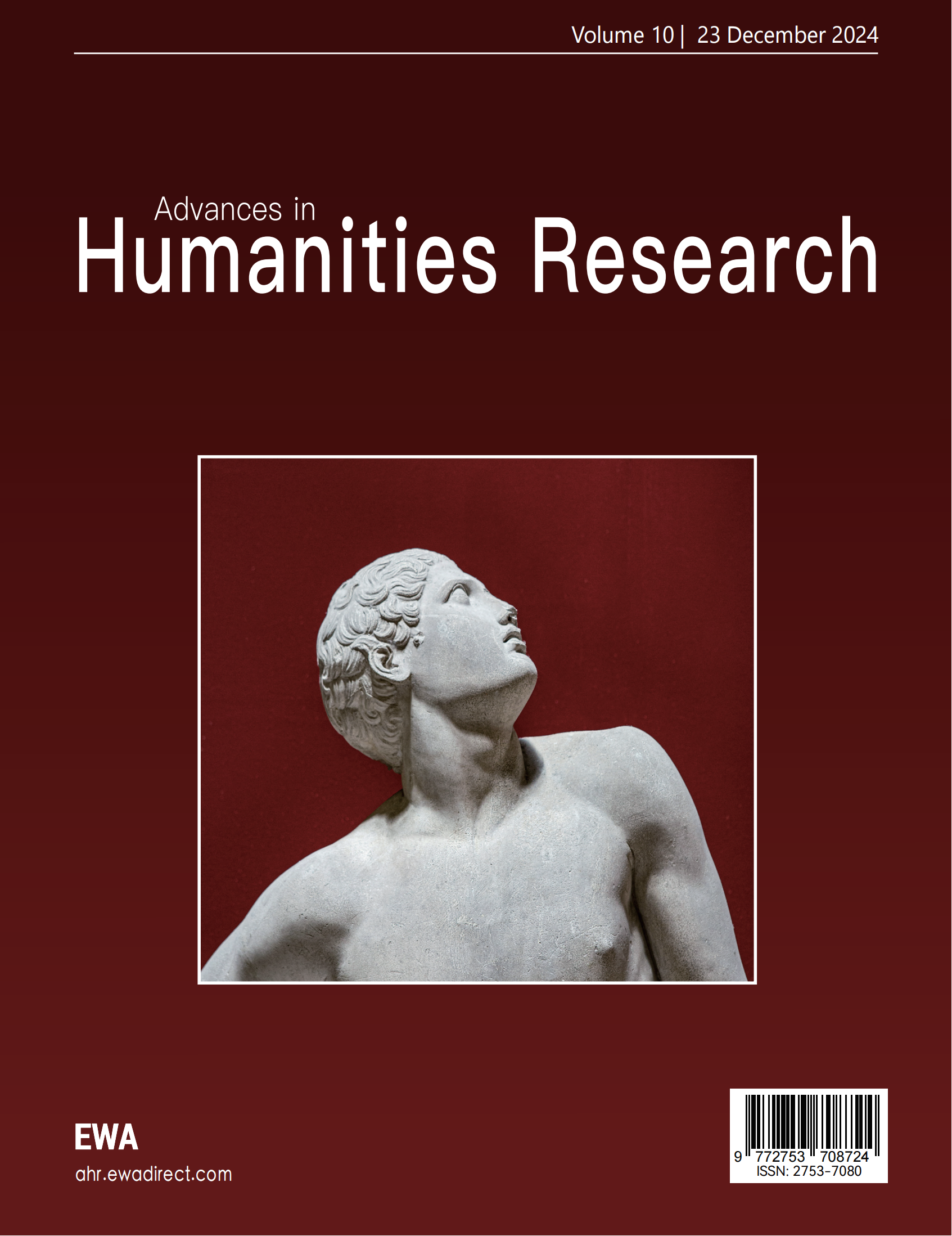1 Introduction
Music therapy has become increasingly popular as a non-invasive and therapeutic modality for neurodevelopmental and mental health disorders. Disorders such as Autism Spectrum Disorder (ASD), depression and anxiety all involve individual but overlapping deficits in social interaction, emotional regulation and physiological stress responses. These conventional treatments, while helpful, are not without limitations, and many patients would benefit from alternative interventions that encompass the emotional, behavioural and physiological realms together. Music therapy fulfils this demand by employing active (i.e., instrument playing, singing) and receptive (i.e., listening to soothing music) strategies tailored to each person, thereby offering an appealing alternative to traditional treatments. Music therapy offers an uncomplicated, but controlled environment that fosters social skills for ASD patients by enabling them to achieve better eye contact, turn-taking and collective attention. As a therapeutic tool for depression, music therapy provides an outlet in a positive, expressive way, helping patients work through held emotions and boost mood via neurochemical stimulation. For anxiety, music’s rhythmic and melodic nature mitigates physiological symptoms and promotes relaxation and attention, which contribute to chronic worry and stress. These studies consider music therapy’s nuanced impact on these disorders, utilizing both quantitative and qualitative feedback to determine changes in symptom management, social competence and emotional resilience [1]. In examining the unique therapeutic potential of music therapy in specific disorders, this work attempts to confirm the value of music therapy as a complementary therapy and as a way to promote holistic mental health.
2 Literature Review
2.1 Music Therapy and Autism Spectrum Disorder
Music therapy has come to be considered a valuable treatment for those with ASD because of its ability to solve the social and communication barriers that lay at the heart of this condition. Through the use of play and rhythmic drumming, music therapy gives children and adults with ASD opportunities to communicate through non-verbal language such as eye contact, turn-taking and collaborative attention. Organised musical experiences offer autistic people a chance to practise these social skills in a non-competitive way that enables them to become more confident and independent. Music’s structured yet flexible nature allows people with ASD to sense something predictable, which eases anxiety and facilitates social engagement. In this way, music forms a connection between music and everyday social realities. In addition, rhythm and melody elicit neuroplasticity in brain regions involved in language and social cognition, which suggests that continued use of music therapy may foster long-term improvements in communication and symptom management [2]. These long-term benefits illustrate music’s capacity not just to facilitate instantaneous communication, but also to promote sustained social skills in ASD patients and therefore better life outcomes.
2.2 Music Therapy in the Treatment of Depression
Depression, marked by a long-term sadness, an abandonment of the things in life and diminished levels of pleasure, strikes millions of people across the globe and can lead to social alienation and poor health. As an additional treatment for depression, music therapy has been shown to support people’s processing of emotion and their ability to create artistic self-expression. Creating music — singing, playing an instrument, writing — is a way to provide a healthy outlet for those seeking to shed dark thoughts and find a more positive perspective on themselves. Musical practice allows depression sufferers to explore emotions that would otherwise be suppressed in a way that lets them deal with complicated emotions in a comforting environment. Additionally, cheerful or calming music can alter brain neurochemistry by stimulating the release of mood-enhancing neurotransmitters such as dopamine and serotonin. These biochemical responses are why music therapy is an innovative and successful treatment that combats depression both emotionally and physiologically [3]. Thus, music therapy works in combination with conventional pharmaceutical and psychological interventions, thereby offering a complementary system that can help achieve the maximum therapeutic effect for depressed individuals.
2.3 The Role of Music Therapy in Anxiety Management
Anxiety disorders, characterised by chronic worry, fear and bodily symptoms including high heart rate and muscle spasms, can disrupt daily functioning. Music therapy became an effective treatment for anxiety because it relaxes and regulates mood through comforting soundscapes. Evidence that relaxing music reduces the levels of cortisol, a stress hormone, means that music therapy has physiological effects on stress. Anxiety-focused music therapy can include breathing exercises – deep breathing while listening to music – that allow patients to practise relaxation techniques out in the world. Music’s rhythms and melodies can act as grounding, which allows the anxious individual to focus on the present and avoid thoughts that interfere with their feeling. With the repeated exposure to music, patients can become resilient and become better able to manage stress over time [4]. This resilience-forming aspect of music therapy makes it not merely a technique for temporary rest; rather, it establishes music therapy as a model for the long-term management of stress, and provides a sustainable means of dealing with anxiety in everyday life.
3 Results
3.1 Impact on Social Skills (ASD Group)
In this study, the experimental group with ASD was found to have statistically significant increases in social responsiveness and engagement – as determined by the Social Responsiveness Scale (SRS) – compared with the control group. The experimental condition had a pre- and post-intervention SRS score of 40 and 30, respectively, whereas the control condition experienced only a slight shift from 42 to 40, as shown in Table 1. Moreover, the experimental group experienced about a 25% improvement, whereas the control group saw about a 4.76% increase. This comparison of data demonstrates that music therapy is highly successful in increasing ASD-related social abilities. Figure 1 also shows the change in SRS scores between the experimental and control groups before and after intervention [5]. All of this adds to the evidence that music therapy can be a useful intervention to support social skill acquisition and reduce social anxiety in individuals with ASD.

Figure 1. Comparison of Pre- and Post-Intervention SRS Scores for ASD Group
Table 1. SRS Score Data for ASD Group
Group |
Pre-Intervention SRS Score |
Post-Intervention SRS Score |
Improvement (%) |
Experimental Group (ASD) |
40 |
30 |
25 |
Control Group (ASD) |
42 |
40 |
4.76 |
3.2 Effects on Emotional Regulation (Depression Group)
Compared with the depression group, participants in the music therapy group had significant HDRS reduction from 22 to 15, and the control group only a small change from 23 to 22, as shown in Table 2. This is a reduction of around 31.82% in the music therapy group, but only 4.35% in the control group. These findings demonstrate that music therapy can be effective at reducing depression and stabilising mood [6]. These changes in HDRS scores are represented in Figure 2 to give an anatomical view of pre- and post-intervention scores between the two groups. These findings underline the significance of music therapy in promoting emotional control, as a positive way of making self-expression and building mental strength [7].

Figure 2. Comparison of Pre- and Post-Intervention HDRS Scores for Depression Group
Table 2. HDRS Score Data for Depression Group
Group |
Pre-Intervention HDRS Score |
Post-Intervention HDRS Score |
Reduction (%) |
Music Therapy Group |
22 |
15 |
31.82 |
Control Group |
23 |
22 |
4.35 |
3.3 Symptom Relief in Anxiety Management
Data collection involved both quantitative measures and qualitative insights to provide a comprehensive understanding of the effects of music therapy on participants across the ASD, depression, and anxiety groups. Quantitative data were gathered at three intervals: baseline (prior to intervention), mid-point (six weeks into the intervention), and post-intervention (twelve weeks). This longitudinal approach allowed for the assessment of both immediate and cumulative changes in symptomatology and social skills, offering a clearer picture of the therapy’s impact over time. Standardized assessment tools were used, including the Social Responsiveness Scale (SRS) for evaluating social skills in ASD participants, the Hamilton Depression Rating Scale (HDRS) for measuring depressive symptoms, and the State-Trait Anxiety Inventory (STAI) for assessing anxiety levels [8]. These scales provided objective, reliable data for comparing pre- and post-intervention changes within and across groups.
Qualitative data were collected through semi-structured interviews conducted at the conclusion of the intervention. Participants and caregivers were encouraged to share their experiences, perceptions, and any observed behavioral or emotional changes attributed to music therapy. This feedback offered valuable context to the quantitative findings, revealing nuanced insights into the participants' personal journeys, perceived benefits, and satisfaction with the therapy. Qualitative responses were analyzed for recurring themes related to emotional expression, self-esteem, and coping mechanisms, allowing for an enriched understanding of music therapy’s impact on the individuals' emotional and social lives.
For data analysis, an Analysis of Variance (ANOVA) was conducted to compare score differences across the experimental and control groups at each data collection point:
\( F=\frac{MS_{between}}{MS_{within}} \) (1)
where MS \( _{bctwcen} \) represents the mean square between groups, reflecting the variance attributable to the intervention, and MS \( _{within} \) denotes the mean square within groups, accounting for individual differences not related to the intervention A higher \( F \) -value indicates that the differences between the groups are statistically significant, suggesting that music therapy has had a measurable impact on improving outcomes [9].
This statistical approach enabled the identification of significant differences in outcomes attributable to music therapy, providing robust evidence of its effectiveness [10]. Additionally, the combination of quantitative results and qualitative feedback strengthened the validity of the study’s findings, highlighting the multifaceted role of music therapy as both a symptom-reduction tool and a means of enhancing social and emotional well-being.
3.4 Participant Feedback and Qualitative Analysis
Survey responses and qualitative data were also useful for identifying the subjective experience and perceived efficacy of music therapy in the ASD, depression and anxiety groups. Responses from post-intervention interviews show high levels of satisfaction in the experimental groups: participants reported feeling more emotionally vulnerable and feeling more proud of themselves [11]. Participants and caregivers in the ASD group described that music therapy created a more socially friendly atmosphere, allowing social interaction to feel less daunting and making participants feel more connected to others. For the depression group, music therapy was a ‘safe space’ in which they were able to process and let go of feelings that they otherwise could not verbalise. These participants were often reported to have found the songwriting and improvisation exercises cathartic, and allowed them to share complicated emotions without words.
In a similar vein, people in the anxiety group focused on the music’s sedative nature and most mentioned a slight decrease in physical symptoms including anxiety and frantic thoughts. Guided relaxation strategies accompanied by music proved to be especially helpful, as they offered a structure that patients could follow out of the therapy room. Other participants also pointed out the beneficial effects of rhythmic activities to refocus attention and quieten them down [12]. In general, the qualitative results corroborate the quantitative evidence: music therapy can support symptoms but it also supports participants’ emotional health, resilience and ability to manage their emotions across a range of mental disorders.
4 Conclusion
This study confirms that music therapy serves as a powerful complementary intervention for Autism Spectrum Disorder (ASD), depression, and anxiety, with particularly strong effects observed in symptom alleviation, social behavior enhancement, and emotional regulation. For individuals with ASD, music therapy was shown to significantly improve social responsiveness and engagement, helping participants build foundational social skills like eye contact, turn-taking, and cooperative focus. These improvements in social abilities also contributed to a reduction in social anxiety, as individuals felt more comfortable and connected in group settings. By providing a structured yet adaptive space for practice, music therapy fostered an environment in which participants could safely experiment with social behaviors, making it a valuable tool for ASD treatment.
These findings, drawn from both quantitative data and qualitative feedback, underscore music therapy’s multifaceted impact as a therapeutic intervention, addressing the emotional, social, and physiological dimensions of these conditions in a holistic way. This study’s results support the integration of music therapy into treatment plans for neurodevelopmental and mental health disorders, suggesting that future research could further explore its long-term effects on larger and more diverse populations. Additionally, music therapy’s accessibility and non-invasive nature make it an appealing option for patients seeking complementary and alternative treatments. As music therapy continues to gain empirical support, it has the potential to become a core component in comprehensive, integrative mental health care models, ultimately leading to better outcomes and improved well-being for individuals facing ASD, depression, and anxiety.



